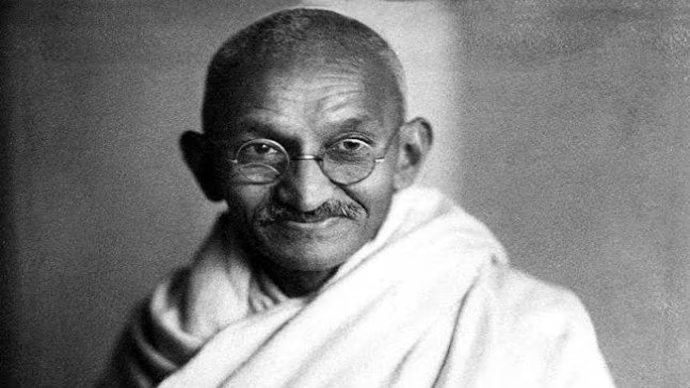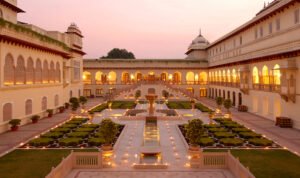When we think of India’s struggle for independence, one name shines above all — Mahatma Gandhi. Known as the Father of the Nation, Mohandas Karamchand Gandhi led a movement that was as remarkable for its success as it was for its methods. At a time when the world was familiar with violent revolutions, Gandhi introduced a powerful new path — one rooted in non-violence (Ahimsa) and truth (Satyagraha).
Early Life and Influences
Born on October 2, 1869, in Porbandar, Gujarat, Gandhi came from a modest yet well-respected family. He studied law in London and later worked in South Africa, where his experiences with racial discrimination left a lasting impact on him. It was in South Africa that Gandhi first began to experiment with civil disobedience and peaceful protest, laying the foundation for what would become his life’s mission.
Return to India and Rise as a National Leader
When Gandhi returned to India in 1915, the nation was already simmering with unrest under British colonial rule. Instead of jumping into politics immediately, Gandhi spent time traveling across India, understanding the real problems faced by its people — poverty, untouchability, illiteracy, and exploitation.
By the 1920s, Gandhi had become the face of the Indian independence movement. But what made him truly different was how he chose to fight. Gandhi’s belief in non-violence was not a passive stance — it was an active, disciplined force that required immense courage and willpower.
Major Movements Led by Gandhi
Gandhi led several major campaigns that changed the course of the freedom struggle:
Non-Cooperation Movement (1920–22): Gandhi called for Indians to boycott British goods, institutions, titles, and services, encouraging self-reliance through the promotion of Khadi (hand-spun cloth).
Salt March (Dandi March, 1930): In a direct challenge to the British salt monopoly, Gandhi walked 240 miles from Sabarmati Ashram to Dandi, symbolically making salt from the sea. It was a brilliant example of peaceful protest that caught the world’s attention.
Quit India Movement (1942): During World War II, Gandhi gave the famous call of “Do or Die”, demanding an immediate end to British rule. Though he was imprisoned shortly after, the movement energized Indians across the country.
Gandhi’s Principles and Philosophy
Gandhi’s strength didn’t lie in political power or military might, but in moral authority. His philosophy of Ahimsa (non-violence) wasn’t just a strategy — it was a way of life. He believed in winning over the oppressor through love and patience rather than revenge. His ideals of truth, simplicity, and self-discipline inspired millions and became guiding lights for generations to come.
He also focused on social reforms, especially the upliftment of the untouchables (whom he lovingly called Harijans), promoting rural development, and advocating for women’s rights. For Gandhi, true independence wasn’t just political — it was about creating a self-reliant, inclusive, and ethical society.
The Tragic End and Timeless Legacy
Mahatma Gandhi was assassinated on January 30, 1948, by a radical who disagreed with his ideology. His death left the nation in shock, but his life left behind a blueprint for change that inspired leaders around the world — from Martin Luther King Jr. to Nelson Mandela.
Remembering Gandhi Today
Even decades after his death, Gandhi’s influence continues to shape India and the world. His statues stand tall, his quotes fill textbooks, and his face graces India’s currency — but more importantly, his values remain deeply embedded in the nation’s soul.
In an age of conflict and chaos, Gandhi’s message is more relevant than ever: “Be the change that you wish to see in the world.”









